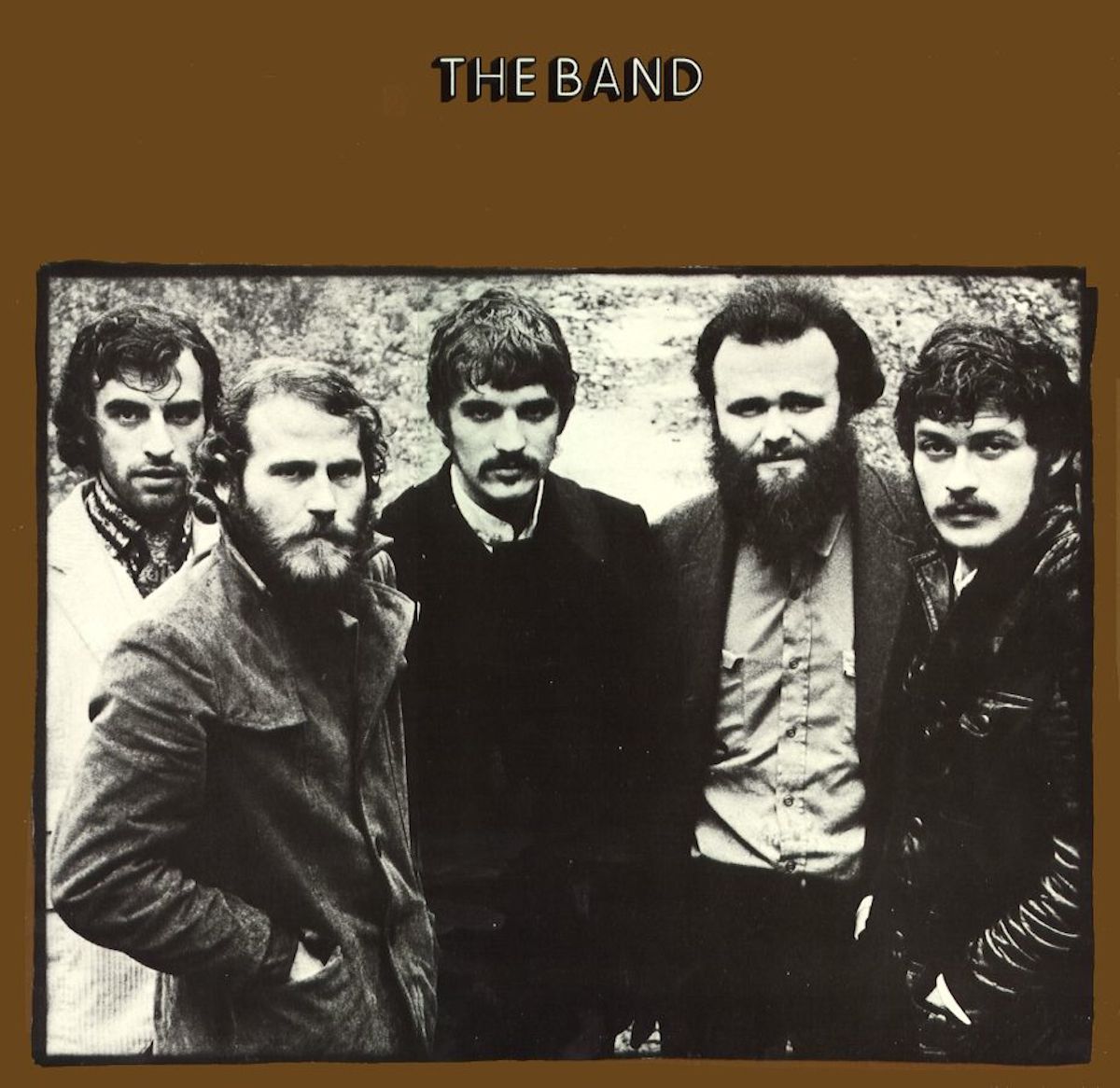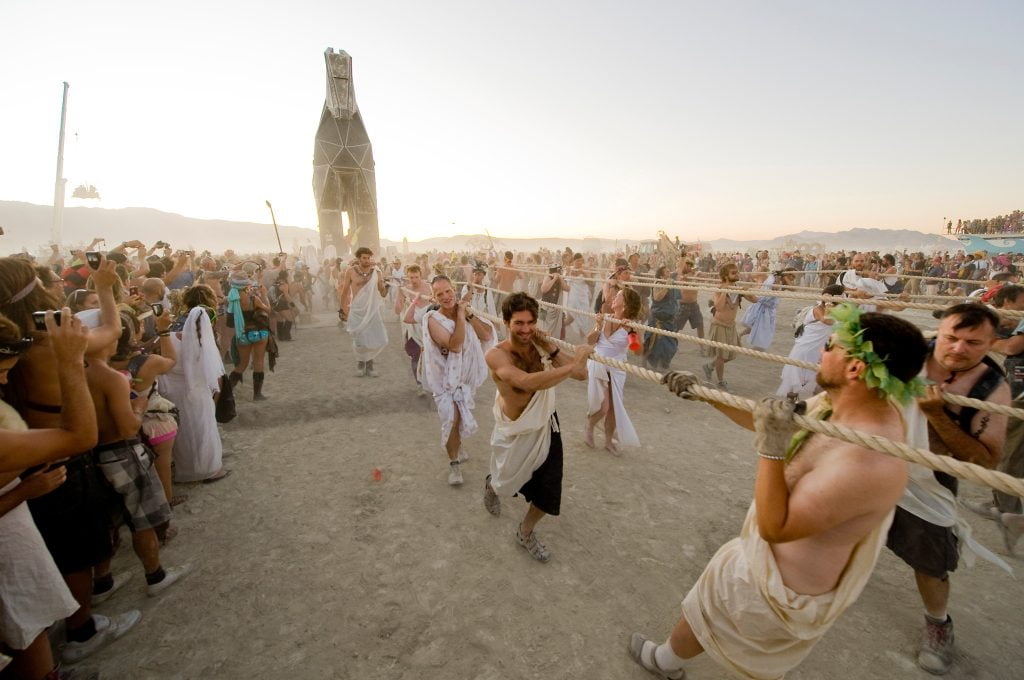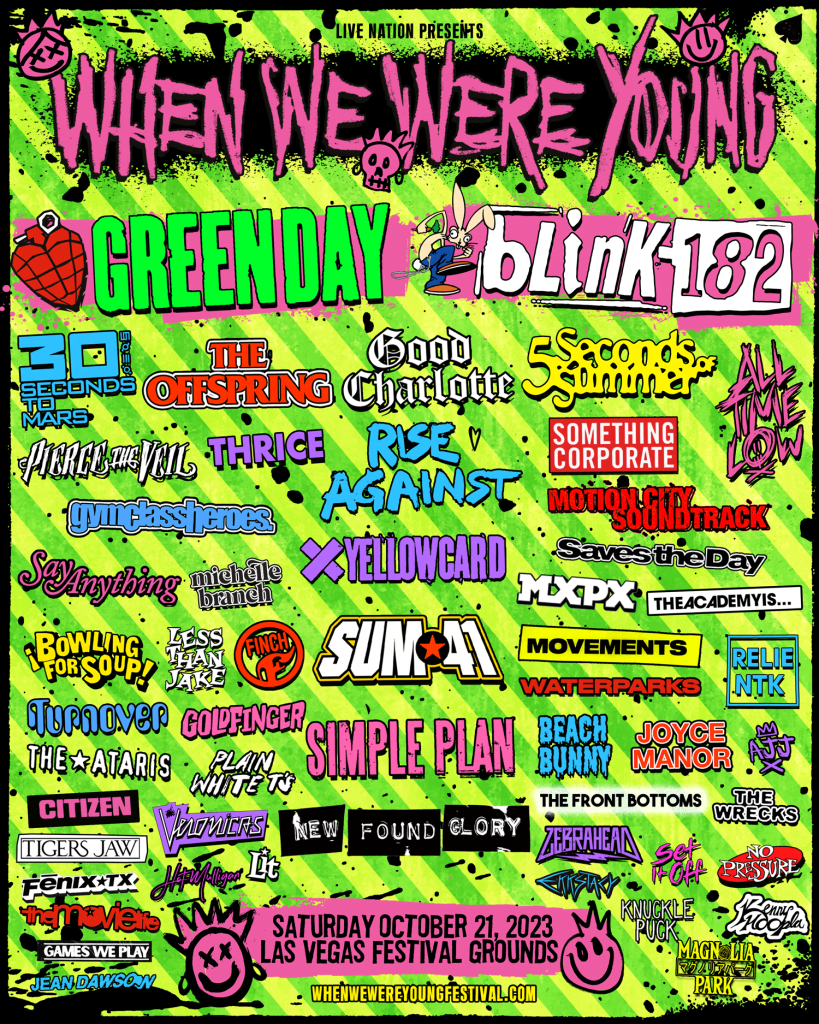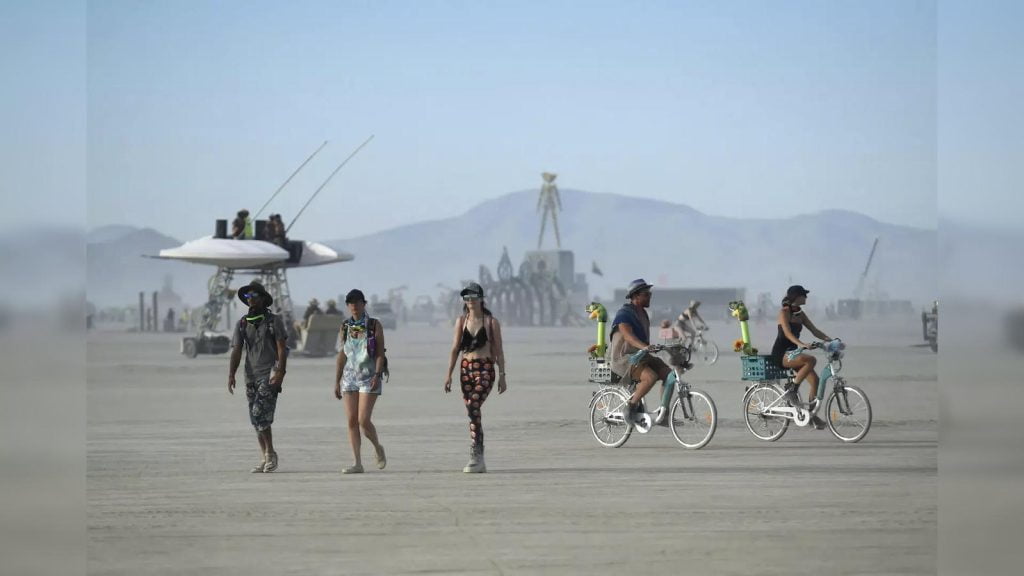Unveiling the historical timeline of the legendary Woodstock Festival begins with a fundamental question: “What year was Woodstock Festival?” This iconic music event, synonymous with the cultural revolution of the 1960s, took place in the summer of 1969. Held on a dairy farm in Bethel, New York, Woodstock Festival drew hundreds of thousands of attendees, becoming a pivotal moment in music history. The festival not only showcased legendary performances but also encapsulated the spirit of unity, peace, and love that defined the counterculture movement of the era. Join us on a journey through time as we delve into the significance and impact of Woodstock Festival in shaping the music landscape of today.
Introduction to Woodstock Festival
The Woodstock Festival, also known as “Woodstock” or the “Woodstock Music & Art Fair,” was a historic music festival that took place in 1969 in Bethel, New York.
History of Woodstock
The festival was held from August 15 to 18, 1969, and it is widely regarded as a pivotal moment in music history that defined the counterculture movement of the 1960s.
Organized as a profit-making venture, the event ultimately became a free concert attended by over 400,000 people, promoting peace, love, and music. The event was a cultural milestone.
Legacy of Woodstock
Woodstock Festival featured iconic performances by legendary artists such as Jimi Hendrix, Janis Joplin, The Who, and many more, leaving a lasting impact on the music industry.
- The festival symbolized the unity and spirit of the hippie movement, with its ideals of peace, love, and harmony.
- Woodstock has since become a symbol of the 1960s counterculture and is recognized as one of the greatest music festivals in history.

Historical Background Leading to Woodstock
Woodstock Festival, one of the most iconic music events in history, took place in 1969 in Bethel, New York. The festival was a culmination of the counterculture movement of the 1960s, characterized by a desire for peace, love, and music. The societal landscape at the time was marked by civil rights movements, anti-Vietnam war protests, and a quest for social change.
The 1960s Cultural Revolution
The 1960s saw a cultural revolution that challenged traditional norms and values. *Flower Power* became a symbol of non-violence and harmony, influencing the spirit of Woodstock.
Anti-establishment Sentiments
The youth of the 1960s rebelled against the establishment, seeking a utopian society based on love and equality. Woodstock embodied these sentiments.
The Legendary Woodstock Music Event
The Woodstock Music & Art Fair, commonly known as Woodstock, was a historic music festival held in August 1969 in Bethel, New York. The event attracted over 400,000 people, making it one of the defining moments of the 1960s counterculture movement.
Iconic Performances
Woodstock featured legendary performances by artists such as Jimi Hendrix, Janis Joplin, The Who, and Santana, among many others. The festival showcased the diversity and creativity of the era’s music scene.
One of the most memorable moments was Jimi Hendrix’s rendition of the “Star-Spangled Banner,” which became a symbol of the era’s social and political turbulence.
Cultural Impact
The Woodstock Music Festival became a symbol of peace, love, and music, reflecting the ideals of the 1960s counterculture movement. It remains an enduring symbol of the era’s spirit and values.
Woodstock represented a unique blend of music, art, and social activism, leaving a lasting impact on American culture.
Unraveling the Mystery: What Year Did Woodstock Festival Take Place?
The iconic Woodstock Festival took place in 1969. It was a historic event that defined a generation and left a lasting impact on music and culture.
Woodstock Festival: A Brief Overview
Woodstock Festival, held in Bethel, New York, in 1969, was a three-day music extravaganza featuring legendary artists like Jimi Hendrix, Janis Joplin, and The Who.
Impact of Woodstock on Music History
The groundbreaking event represented a cultural revolution and promoted the ideals of peace, love, and music.
- It became a symbol of the counterculture movement of the late 1960s.
- The festival showcased the power of music in bringing people together and inspiring change.

Impact and Legacy of Woodstock
Woodstock, held in 1969, left an indelible mark on music and culture, shaping the counterculture movement of the era. Its impact transcended music, becoming a symbol of peace, love, and unity. The festival showcased legendary performances by artists like Jimi Hendrix, Janis Joplin, and The Who, setting a new standard for music festivals worldwide.
Global Cultural Influence
The spirit of Woodstock, with its emphasis on community, inspired future generations to embrace social causes and advocate for change. The festival’s message of harmony resonated beyond its time, influencing art, fashion, and activism.
Woodstock’s legacy lives on in the music industry, with its model for large-scale outdoor concerts still being emulated today. The festival revolutionized event organization, paving the way for modern music festivals like Coachella and Bonnaroo.
Economic Impact
The economic impact of Woodstock extended far beyond the event itself. The festival boosted the local economy of Bethel, New York, where it took place, and established the region as an iconic destination for music enthusiasts.
The success of Woodstock proved the profitability of music festivals, leading to a boom in the industry and the establishment of music festival culture as a significant economic sector.
Significance of Woodstock in Music History
Woodstock Festival, held in 1969, is an iconic event that defined a generation and revolutionized the music industry. The festival took place in Bethel, New York, and attracted over 400,000 people for three days of music, peace, and love. It featured legendary performances from artists like Janis Joplin, Jimi Hendrix, and The Who, becoming a symbol of counterculture and social change.
Impact on Music Culture
The Woodstock Festival ushered in a new era of music festivals, setting a benchmark for large-scale outdoor events. It showcased the diversity of music genres and promoted artistic expression and freedom.
Moreover, the peaceful atmosphere at Woodstock and the sense of community among attendees inspired future generations of musicians and festival-goers.
Legacy and Influence
The legacy of Woodstock endures in the annals of music history as a symbol of unity and musical innovation. It paved the way for future music festivals and cultural movements that prioritize peace and harmony.
Woodstock 1969 remains a timeless reminder of the power of music to bring people together and effect positive change in society.
Frequently Asked Questions
- What year did the Woodstock Festival take place?
- The Woodstock Festival took place in the year 1969.
- Why is the Woodstock Festival considered a legendary music event?
- The Woodstock Festival is considered legendary due to its iconic lineup, massive attendance, and cultural impact as a symbol of the counterculture movement of the 1960s.
- How many people attended the Woodstock Festival?
- The Woodstock Festival had an estimated attendance of around 400,000 people.
- Where did the Woodstock Festival take place?
- The Woodstock Festival took place in Bethel, New York, on a dairy farm owned by Max Yasgur.
- What were some of the notable musicians who performed at the Woodstock Festival?
- Some of the notable musicians who performed at the Woodstock Festival include Jimi Hendrix, Janis Joplin, The Who, Santana, and many others.
Unveiling the Timeless Legacy of Woodstock
With the enigmatic aura that surrounds the Woodstock Festival, its most fundamental question, “What year was Woodstock Festival?” serves as a gateway to delve into a pivotal moment in music history. Through our exploration of the festival’s historical timeline, we’ve uncovered a cultural phenomenon that continues to resonate through the decades. The year was 1969 when half a million people united for peace, love, and music, leaving an indelible mark on the world. As we reflect on the iconic event, it’s evident that Woodstock transcends mere dates and numbers, embodying a spirit of unity and harmony that remains as relevant today as it was over fifty years ago.
Woodstock stands as a testament to the power of music in fostering connection and inspiring social change. Its legacy endures as a symbol of hope, community, and the enduring spirit of a generation that dared to dream of a better world. So, the next time someone asks you, “What year was Woodstock Festival?” remember that it’s not just about a particular year; it’s about a timeless message of peace, love, and music that continues to echo through the annals of history.




